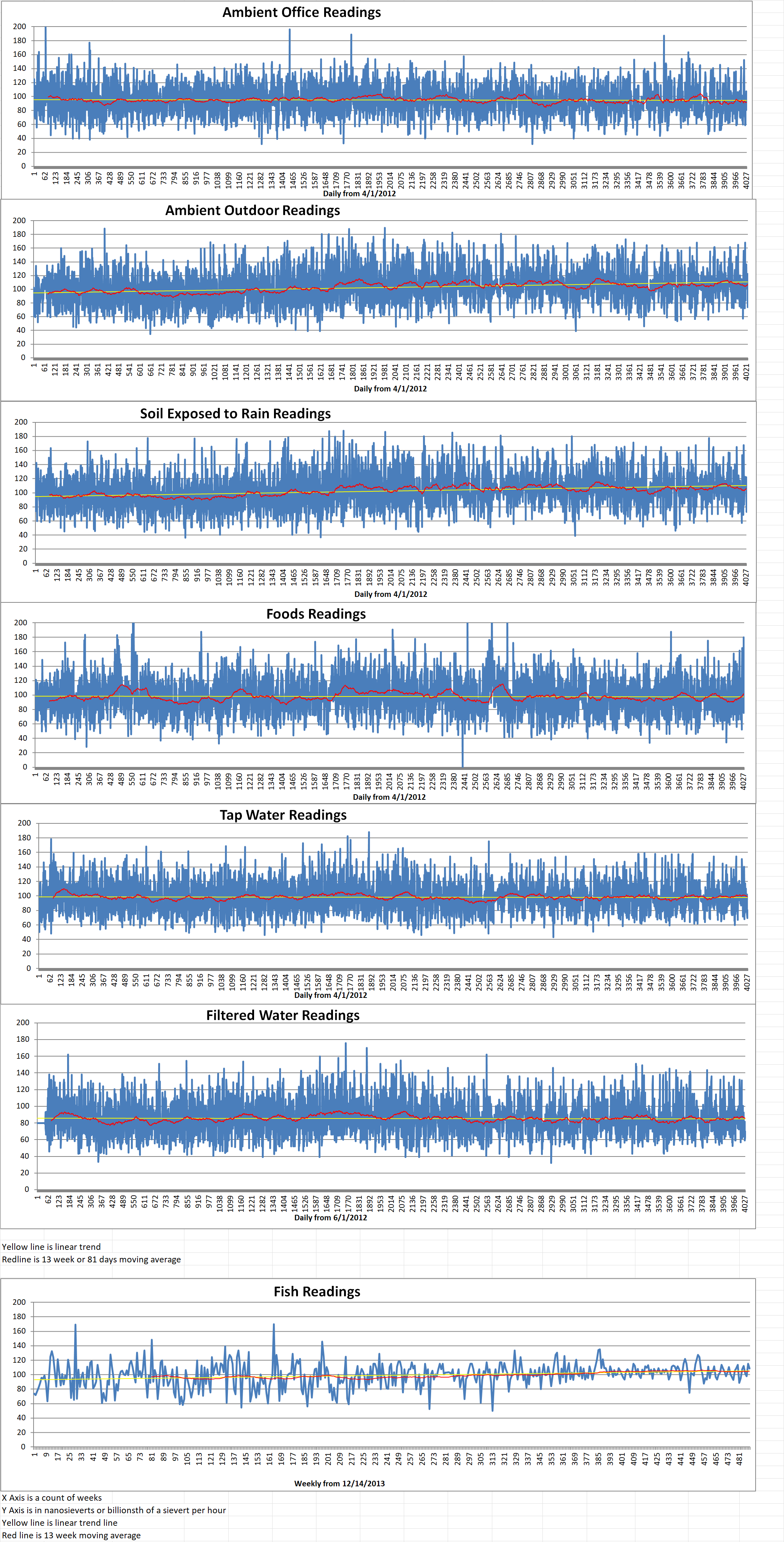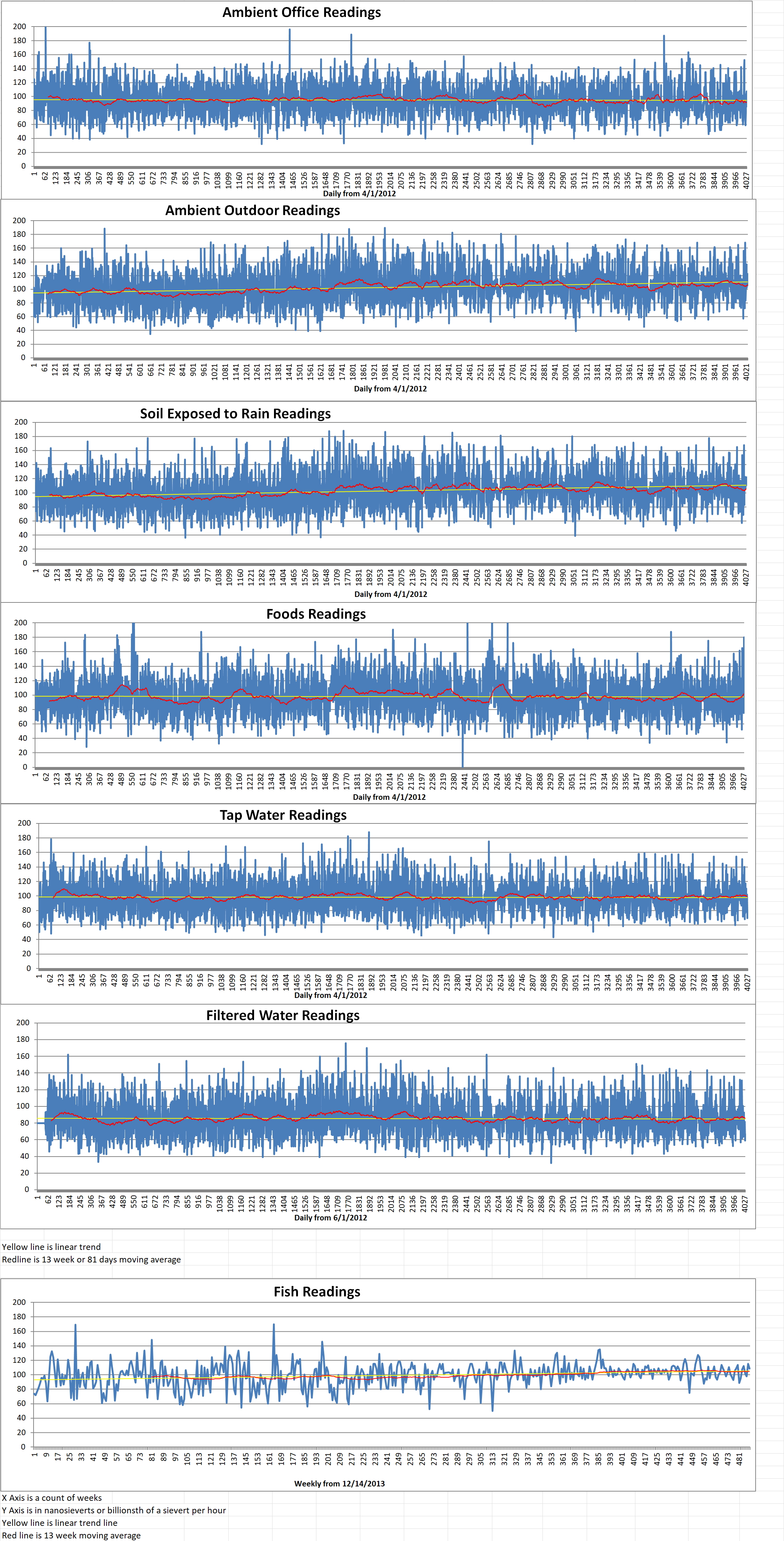An Australian-led international research team, including a core group of Australian Nuclear Science and Technology Organization (ANSTO) scientists has found that doping a promising material provides a simple, effective method capable of extracting uranium from seawater.
The research, published in Energy Advances, could help in designing new materials that are highly selective for uranium, efficient, and cost effective. Uranium is a highly valued mineral used as a fuel for nuclear reactors around the globe.
Dr. Jessica Veliscek Carolan is a lead scientist who supervised co-author honors student Hayden Ou of UNSW with Dr. Nicolas Bedford of UNSW. He said, “There’s a lot of uranium in the oceans, more than a thousand times more than what is found in the ground, but it’s really diluted, so it’s very difficult to extract. The main challenge is that other substances in seawater, salt and minerals, such as iron and calcium, are present in much higher amounts than uranium.”
First author of the report Mohammed Zubair receive a grant for the Australian Institute of Nuclear Science and Engineering (AINSE) to support his research at ANSTO.
Layered double hydroxides are materials that have attracted interest for their ability to remove metals. They are fairly easy to make and can be modified to improve the way they work. These layers have positive and negative charges so they can be tailored to captures specific substances such as uranium. Lanthanide dopants, neodymium, europium and terbium were among the materials tested.
Adding neodymium to layered double hydroxides (LDHs) enhanced their ability to selectively capture uranium from seawater, a highly challenging process that scientists have been working on for a long time.
Synthesized materials were characterized using a variety of techniques. These include scanning transmission electron microscopy (STEM) and scanning electron microscopy (SEM) at ANSTO’s microscopy facility by Dr. Daniel Oldfield and at UNSW by Yuwei Yang.
When neodymium was added to LDHs (MgAINd), these materials bonded with uranium over ten other more abundant elements found in real seawater. A crucial finding of the tests was that the dopant, neodymium, changes the way that uranium binds to the LDHs.
The research team also used X-ray absorption spectroscopy (XAS) and Soft X-ray spectroscopy at ANSTO’s Australian Synchrotron. They sought to clarify the octahedral coordination environment, oxidation state and adsorption mechanism, respectively.
X-ray measurements showed that under real seawater conditions, the extraction of uranium occurred through a process where uranium atoms formed complexes on the surface of the LDHs by replacing nitrate ions in the LDH layers with uranyl carbonate anions from the seawater. By adding neodymium and other lanthanide elements to the LDH structure, the chemical bonding between uranium and oxygen in the LDH became more iconic. The improved ionic bonding made these materials much better at selective binding to uranium via interactions with ionic surfaces.
The authors pointed out that the study demonstrated a way to adjust how well a material can capture uranium which could lead to creating new materials that are even superior at separating uranium from other substances. The materials tested were not just useful for taking uranium from seawater but also had the potential to clear up uranium from radioactive wastewater near nuclear power plants. Dr. Carolan said, “There are additional benefits in that these materials are simple and inexpensive to make, making them a cost-effective choice for large-scale uranium extraction.”







